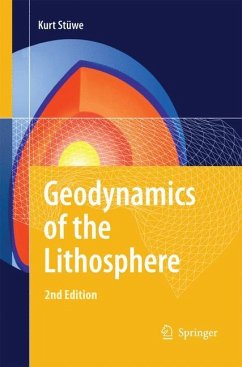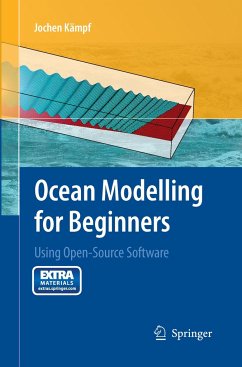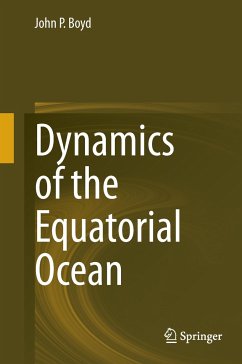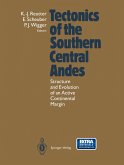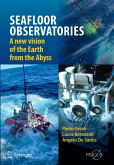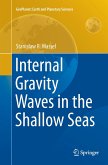This book presents a historical perspective on plate tectonics. In doing so it discusses the foundations of rigid plate tectonics and the limitations of this approach. This classic approach explains the data at a level of 95 % precision. The authors explain data anomalies as a result of the discrepancies between spatial geodetical data and rigid kinematics in oceans. Data and its interpretation from various disciplines are pulled together in this book.
From the reviews:
"The book challenges one of the core assumptions of Plate Tectonics - that the plates are rigid and don't undergo deformation. ... this book is a valuable contribution to the current debate ... . This is an interesting book, about results rather than methods, which is why the author has included such an extensive and valuable reference list. ... this book is a rewarding read that could change your outlook. Geoscientists of all flavours will find something of interest in this book ... ." (Kevin McCue, The Australian Geologist, Issue 127, 2003)
"A new book with an interesting hypothesis ... A fundamental tenet of plate tectonics is incorrect - namely that the plates are rigid. ... Overall, I found the book to be very well organized ... . The writing is extremely clear. ... The best praise I can give Soft Plate and Impact Tectonics is that I enjoyed reading it, learned a lot, and will recommend it to others. ... The book will be very useful for graduate students." (Basil Tikoff, EOS - American Geophysical Union, Vol. 83 (50), 2002)
"The book challenges one of the core assumptions of Plate Tectonics - that the plates are rigid and don't undergo deformation. ... this book is a valuable contribution to the current debate ... . This is an interesting book, about results rather than methods, which is why the author has included such an extensive and valuable reference list. ... this book is a rewarding read that could change your outlook. Geoscientists of all flavours will find something of interest in this book ... ." (Kevin McCue, The Australian Geologist, Issue 127, 2003)
"A new book with an interesting hypothesis ... A fundamental tenet of plate tectonics is incorrect - namely that the plates are rigid. ... Overall, I found the book to be very well organized ... . The writing is extremely clear. ... The best praise I can give Soft Plate and Impact Tectonics is that I enjoyed reading it, learned a lot, and will recommend it to others. ... The book will be very useful for graduate students." (Basil Tikoff, EOS - American Geophysical Union, Vol. 83 (50), 2002)


